The Comedy of Terry Gilliam’s Imagery – An Essay on Film
The Comedy of Terry Gilliam’s Imagery
I would like to set this out as an exploration. It’s occurred to me that, before there are movements and sequences, in a Terry Gilliam film there is comedy. Terry Gilliam is a filmmaker who has recently made films like The Imaginarium of Dr Parnassus (d. Gilliam UK/Canada/France 2009), Tideland (d. Gilliam UK/Canada 2005) and Fear and Loathing in Las Vegas (d. Gilliam USA 1998) but who started his career with the Monty Python comedy group responsible for amongst others: Monty Python’s Flying Circus (UK 1969-1974), Monty Python and the Holy Grail (d. Gilliam, Terry Jones UK 1975) and Life of Brian (d. Terry Jones UK 1979). In spite of his involvement with Monty Python, Terry Gilliam has his own distinct style and would be considered an auteur for his body of work.1 The comedy I refer to has a different style to that of his work with Monty Python and is unique to his own work. I would also like to refer i to the purely visual aspects of his work, incorporating elements of set, costume, make up, cinemtaography, mise-en-scène. My hypothesis on this basis is that the comedy aspect is largely due to his signature use of wide-angle lenses. In fact in researching this hypothesis I came across Terry Gilliam commenting in Gilliam on Gilliam: “The way that it’s shot (referring to one of his films), with a lot of wide-angle lenses to force the perspective and distort things, makes it visually a kind of caricature.”2 This idea that the use of a wide-angle lens can distort the image into a caricature is key to the exploration of his imagery of which this essay is concerned. I would like to elaborate on this idea with firm analysis of screenshots of his films as well as a brief look into the theoretical background of which this concept is rooted.
Background theory
This idea of lenses directly attacks some common notions in cinema. That the photographic image is literally an exact replication of reality.3 Or perhaps even this idea that cinema should be so closely related to cinema. “Photography and the cinema on the other hand are discoveries that satisfy, once and for all and in its very essence, our obsession with realism.”4 This idea of realism, talks figuratively about the function of the art. Saying that the depiction of a person looks precisely like the person it was attempting to capture. This could imply that painting, sketching or sculpture is unable to achieve this. However, if we were to consider the function of the camera according to Dziga Vertov.
“The main and essential thing is: The sensory exploration of the world through film. We therefore take as the point of departure the use of the camera as a kino-eye, more perfect than the human eye, for the exploration of the chaos of visual phenomena that fills space. The kino-eye lives and moves in time and space: it gathers and records impressions in a manner wholly different from that of the human eye. The position of our bodies while observing or our perception of a certain number.”5
Although this says a lot of things at once, the most important to bear in mind for this essay is the implication that the camera depicts things differently. In a similar way to the wide-angle lens when being described by Terry Gilliam as creating a ‘caricature’. If we allow for such interpretations of cinema it is wholly possible for the very image to be comical in the same way as a cartoon can be. This essay would argue in favour of Dziga Vertov’s interpretation of cinema bearing in mind the differences an image will be rendered due to different lighting techniques, different effects and filters and of course different lenses. This would allow for the interpretation of cinema as creating images like caricatures akin to cartoons and paintings. This is in direct opposition to the idea that cinema literally captures reality precisely. If we consider the following screenshots as potentially comical we must consider that the images depicted could be more than literal. That they could be caricatures.
Analysis of Screenshots
Please pay close attention to Figure 1. This is a typical shot from Fear and Loathing In Las Vegas in that it uses the wide-angle lens to represent the often distorted mindset of the characters on screen. Here Raoul Duke (Johnny Depp) is shown in close up but the wide-angle lens pushes his face towards the spectator. The effect of such a technique can vary dependant on the intentions of the filmmaker and is usually anchored by performances, music or cinematography. In this instance the effect can be described as comical as Johnny Depp’s performance is frantic and unpredictable in a way that is enhanced by the use of the wide-angle lens. Additionally notice that the character behind him appears to be further away than he’d realistically be, considering that he is in the backseat of the car. If Johnny Depp were to move from his position to the back of the car he’d move unnaturally quickly due to the lens’ distortion. This would enhance his frantic movements in his performance. Johnny Depp’s face is also stretched due to the wide-angle lens creating the caricature that Terry Gilliam referred to in Gilliam on Gilliam. The effect is rather cartoonish and could be considered comical. The dimensions of this shot are far from a literal reproduction of reality but could be said to hold a comical tone.
Please pay close attention to figure 2. Here is a screenshot from Brazil (d. Gilliam UK 1985) which uses similar techniques but for very different reasons. The effect of such caricatures can result in images that are comical or creepy for the most part. In figure 2, a shot beginning in long shot of the background quickly changes to close up shot. This is caused when Spiro (Bryan Pringle) enters from camera left and peers at the spectator. His movement is made a lot faster and his face distorted by the use of the wide-angle lens, much in the same way as in figure 1. However, the use of lighting allows for a reinterpretation of the same effects, leading a spectator to be more intimidated by such a shot. The Low-Key lighting of the hard light from low on camera left and the very little fill lighting, causes for stark contrast between the light and shadow on his face. This also encourages a distorted vision of Bryan Pringle’s face as the shadows encourage his features to pronounce outward with the wide-angle lens. This encourages the distortion of his caricature image. There is a comical over the top style to this image but the feel of the scene and lighting encourages much less comedy and much more intimidation to the image.
Please pay close attention to figure 3. Here is an screenshot from Tideland and depicts a different image to figures 1 and 2. Whereas figures 1 and 2 focused on close up shots of characters’ faces, here is a long shot of a house and a child in a field of long grass. However the use of wide-angle lens is significant here as it is used to a different effect. The building actually appears much bigger due to the use of the lens and offers as a contrasting element of the frame to Jeliza-Rose (Jodelle Ferland) in the right side of the frame. What results is a comparison of sizes, the building looking to be much taller than it is in order to tower above Jodelle Ferland. Again the distortion has a light comical to it which is very much aided by the composition of the frame and the set design.
Conclusion
Although this exploration has looked into the exact effects of the wide-angle lens and what is considered to be a ‘caricature’. It’s significant to note that the use of such a technique needs to be anchored by lighting, cinematography, performance or set design for example in order to create the comical effect. In this way although the suggestion is there for the images within Terry Gilliam’s works to be found comical it is a great deal more than that, that causes for the images to be considered comical just by their look. In relation to Terry Gilliam’s style, the effects talked about in this essay are represented by different films. The use of the wide angle lens as a comical device is a large aspect of his films. Therefore the comedy device suggests that his films are quickly recognisable as one of his works by his imagery.
3Sharma, Andrew. ‘Fundamentals of Film Theory’ on faculty.salisbury.edu at: http://faculty.salisbury.edu/~axsharma/MyWebs/EFP/film_theory.htm (Accessed 20.02.2013)
4Bazin, André. What is cinema? Volume 1: Essays Selected and Translated by Hugh Gray – Forward by Jean Renoir. University of California Press, 1967. Pp12.
5Vertov, Dziga. Kino-Eye: The Writings of Dziga Vertov. University of California Press, 1992. (Reissue Edition). Pp15.
Further Reading
Christie, Ian (Ed). Gilliam on Gilliam. Faber and Faber Press, 1999.
Metz, Christian. ‘On the Impression of Reality in the Cinema’ on web.grinnell.edu at: http://web.grinnell.edu/courses/spn/s02/SPN395-01/RAF/RAF03/RAF0302.pdf (Accessed 20.02.2013)
Sharma, Andrew. ‘Fundamentals of Film Theory’ on faculty.salisbury.edu at: http://faculty.salisbury.edu/~axsharma/MyWebs/EFP/film_theory.htm (Accessed 20.02.2013)
Taylor, Rumsey. ‘Terry Gilliam’ on sensesofcinema.com at: http://sensesofcinema.com/2003/great-directors/gilliam/ (Accessed 20.02.2013)
http://www.smart.co.uk/dreams/
Monty Python and the Holy Grail
Fear and Loathing in Las Vegas
The Imaginarium of Dr Parnassus

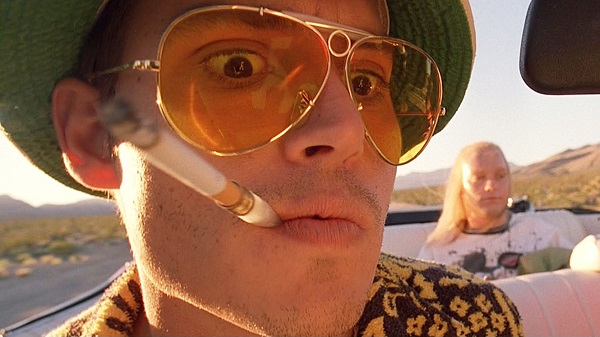
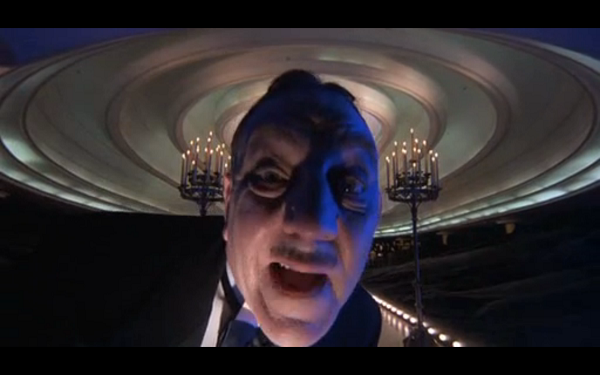
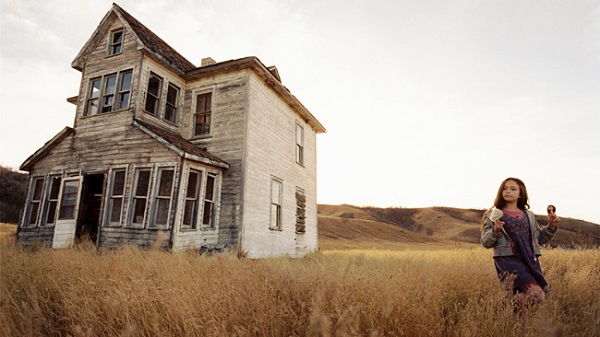

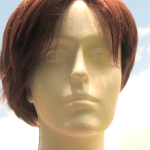
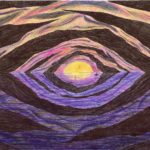
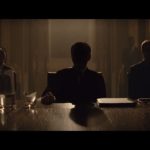
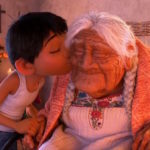
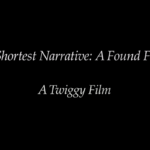
Leave a Reply